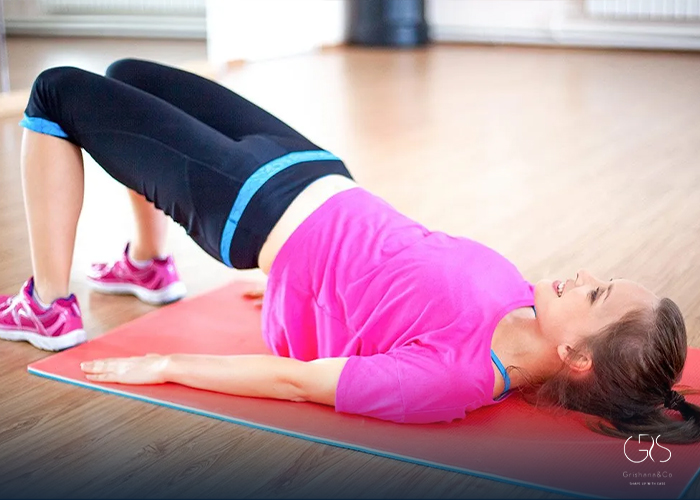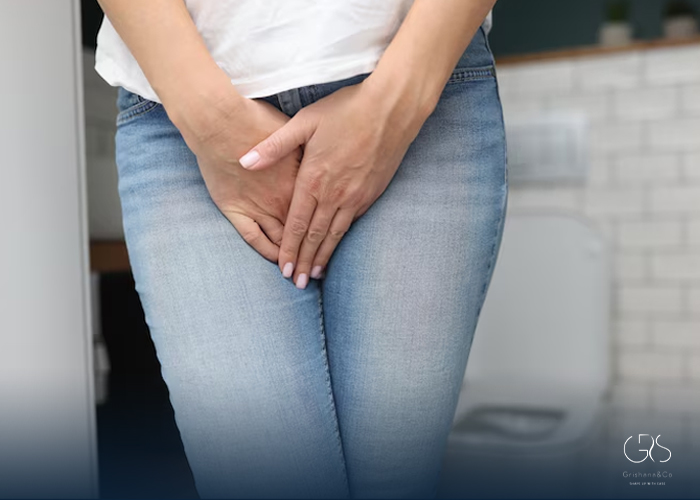Kegel exercises, also known as pelvic floor exercises, have gained significant attention over the years for their potential health benefits. These exercises involve contracting and relaxing the pelvic floor muscles to help improve bladder control, enhance sexual function, and strengthen the pelvic floor. While Kegel exercises have been recommended by healthcare professionals for various reasons, it is essential to understand their potential benefits, how to perform them, and who can benefit from incorporating them into their routine.
How To Do Kegel Exercises:
Performing Kegel exercises involves identifying and engaging the pelvic floor muscles. One way to locate these muscles is by attempting to stop urination midstream. Once these muscles are identified, the next step is to contract and hold them for a few seconds before relaxing. It is important to do these exercises correctly to avoid any potential side effects. A recommended routine for Kegel exercises involves contracting the pelvic floor muscles for 5 seconds, relaxing for 5 seconds, and repeating this process 10-15 times in a row, three times a day.

To perform Kegel exercises correctly and effectively to strengthen your pelvic floor, follow these steps:
- Begin in a seated, lying down, or standing position.
- Tighten your pelvic muscles as if you are attempting to hold in urine.
- Hold the contraction of your pelvic floor muscles for three seconds.
- Release and relax your pelvic floor muscles for three seconds.
- Repeat the clench and release exercise up to 15 times to complete one set.
Here are some additional Kegels tips to keep in mind:
- Avoid holding your breath while doing Kegel exercises
- Ensure to isolate the pelvic floor muscles and not engage the abdomen, buttocks, or thighs
- Consistency is key, so it is important to make Kegel exercises a regular part of your daily routine
- Seek guidance from a healthcare professional if unsure about performing Kegel exercises correctly
Benefits of Kegel Exercises:
Research has shown that Kegel exercises offer a wide range of benefits, such as improving bladder control, enhancing sexual function, and strengthening the pelvic floor muscles. For individuals experiencing urinary incontinence, Kegel exercises have been proven to be an effective non-invasive treatment option. By strengthening the pelvic floor muscles, individuals can potentially reduce or eliminate urinary incontinence, providing a significant improvement in their quality of life.

Treats Incontinence and Strengthens Pelvic Floor Muscles:
Incontinence, whether it’s urinary incontinence or fecal incontinence, can be a debilitating condition that affects millions of individuals worldwide. According to the National Association for Continence, over 25 million adult Americans experience either temporary or chronic urinary incontinence. Kegel exercises have been recommended as a first-line treatment for urinary incontinence, as they target the muscles responsible for controlling bladder function. By incorporating a regular Kegel exercise routine, individuals may experience a notable reduction in incontinence episodes.
Additionally, strengthening the pelvic floor muscles through Kegel exercises can also provide benefits for individuals during and after pregnancy. Pregnancy and childbirth can weaken the pelvic floor muscles, leading to issues such as urinary incontinence and pelvic organ prolapse. Engaging in Kegel exercises before, during, and after pregnancy can help minimize these risks and aid in a speedier recovery post-delivery.
Who Can Benefit from Kegel Exercises:
Kegel exercises are not limited to a specific demographic; rather, they can benefit both men and women of various age groups. For women, Kegel exercises can aid in improving pelvic health, preventing urinary incontinence, and potentially enhancing sexual satisfaction. On the other hand, men can also benefit from Kegel exercises, especially those experiencing urinary incontinence or erectile dysfunction. Moreover, individuals involved in high-impact sports or activities that place strain on the pelvic floor, such as weightlifting or running, may find Kegel exercises particularly beneficial in preventing pelvic floor dysfunction.
Conclusion:
Incorporating Kegel exercises into one’s routine can offer a multitude of benefits, ranging from improving bladder control to enhancing sexual function. These exercises are accessible, non-invasive, and have the potential to make a significant impact on an individual’s overall well-being. With proper guidance and consistency, individuals of all ages and genders stand to gain from the advantages of Kegel exercises.
As with any health-related practice, consulting with a healthcare professional is imperative, especially for those with pre-existing medical conditions. Healthcare practitioners can provide tailored advice and support to ensure that Kegel exercises are performed safely and effectively.
Sources
- National Association for Continence, WHAT ARE KEGEL EXERCISES?
- mayoclinic, Kegel exercises: A how-to guide for women










